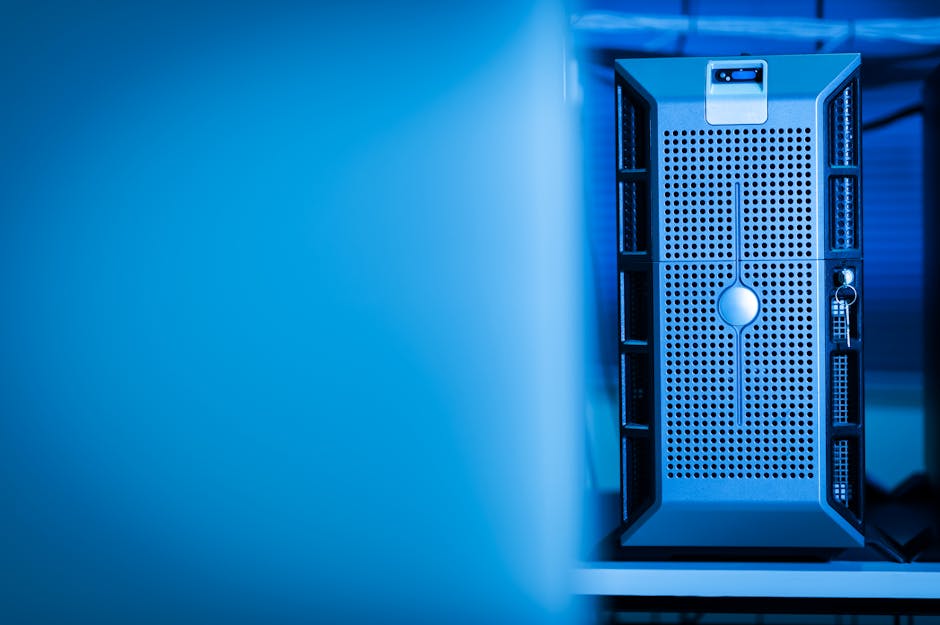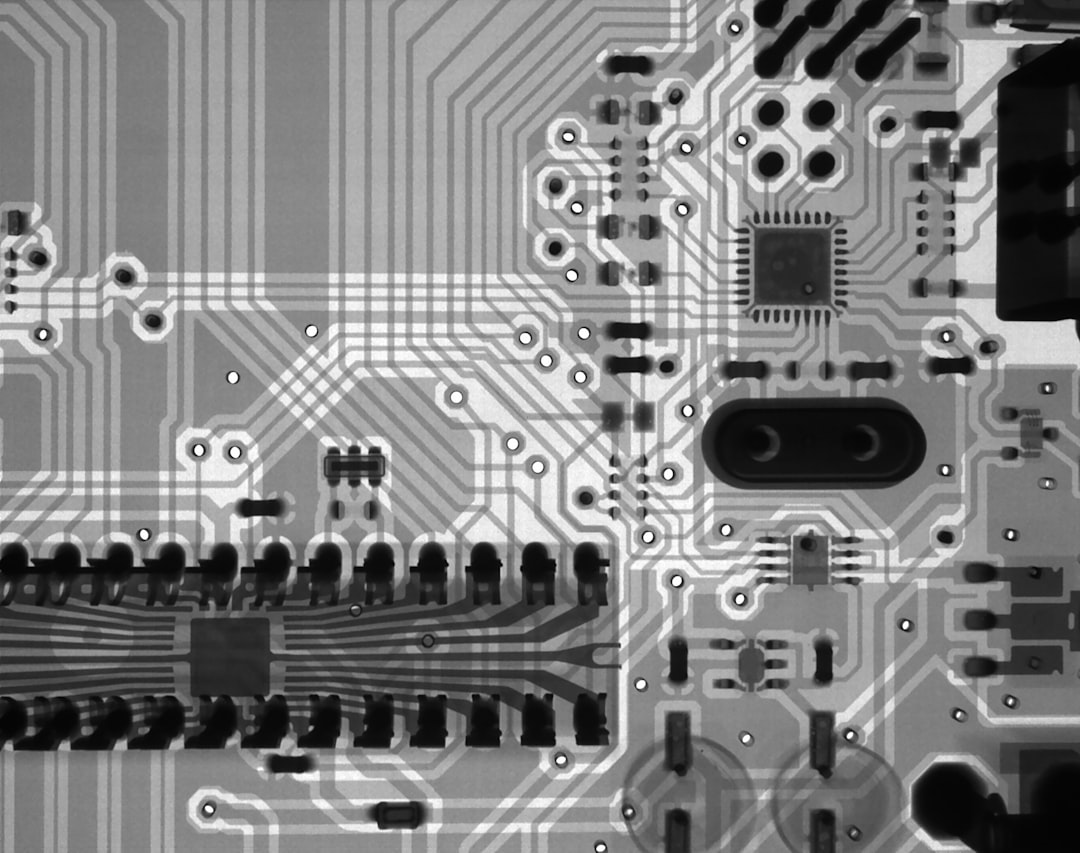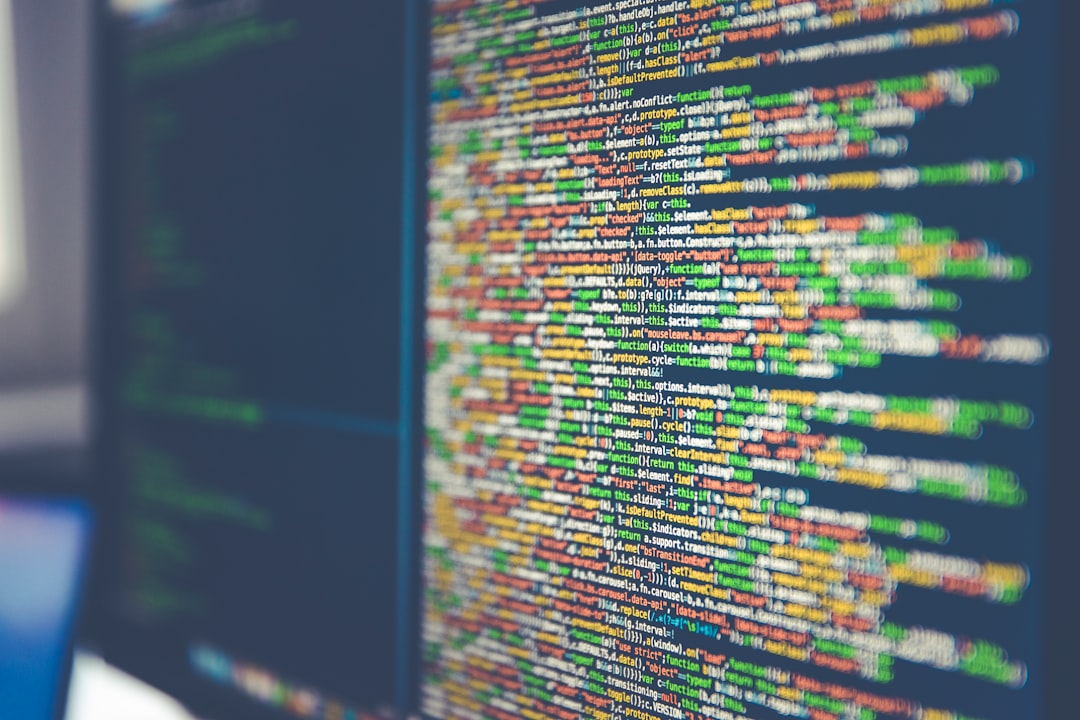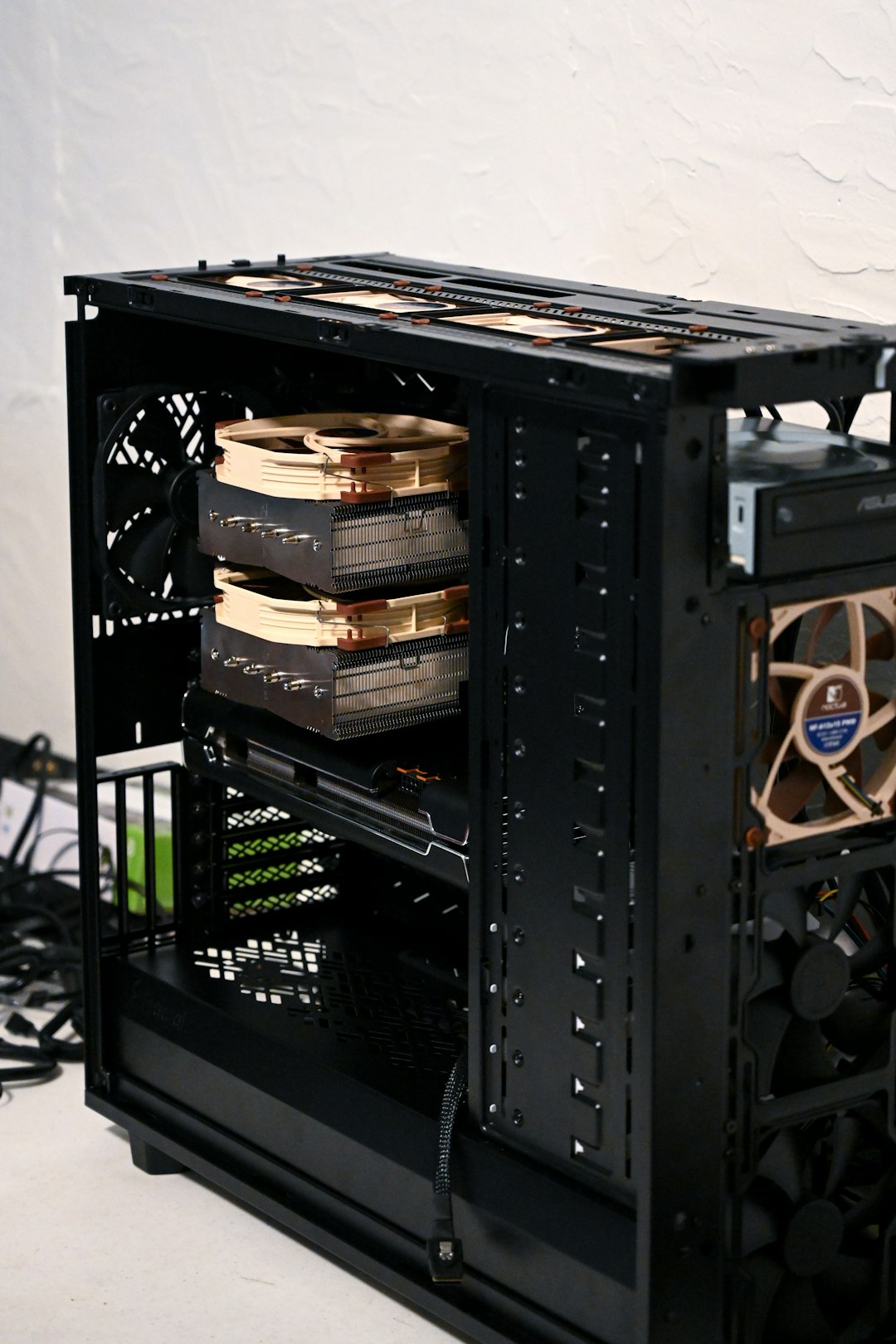Unlock encrypted content
Please enter your SSCE key to initiate on-the-fly decryption.
Decryption key: (Click cancel if you don't have the key)
Copied link to clipboard.
This feature is unavailable for free accounts. Upgrade now and enjoy all Premium benefits.
Go Premium!
This feature is unavailable for free accounts. Upgrade now and enjoy all Premium benefits.
Go Premium!
Please open this page in browser ( Google Chrome or Safari ) to use this feature.
Open In Browser
Brain-Computer Interfaces (BCIs): The Future of Password Security and File Management
Random related video for this blog.
Copied share link to clipboard.
One emerging technology that holds great promise in this regard is Brain-Computer Interfaces (BCIs). By leveraging the power of the human brain, BCIs have the potential to revolutionize password security, file version management, file synchronization, file permissions, and cloud infrastructure. In this article, we will explore the various applications of BCIs in the realm of data storage, management, and security, and how they can reshape the way we interact with technology.
Robust File Version Management
One of the key challenges in file management is keeping track of different versions of a document or file. Traditional file versioning systems often rely on timestamps or manual naming conventions, which can be error-prone and cumbersome. BCIs offer a potential solution by allowing users to create and manage file versions effortlessly using their brain waves. Imagine a scenario where you can simply think of a new version name, and the BCI automatically saves it, eliminating the need for manual intervention. This not only saves time but also ensures accurate versioning, reducing the chances of confusion or data loss.File Synchronization Made Easy
File synchronization is another area where BCIs can make a significant impact. With the increasing use of multiple devices such as smartphones, tablets, and laptops, keeping files synchronized across different platforms can be a challenge. BCIs can enable seamless synchronization by establishing a direct connection between the user's brain and the cloud storage system. This means that changes made on one device will be instantly reflected on all other connected devices, ensuring that the latest version of a file is accessible regardless of the device being used. This eliminates the need for manual syncing or relying on third-party synchronization services.Enhanced File Permissions and Security
File permissions and security are critical aspects of data management, especially when dealing with sensitive information. BCIscan offer a more secure and intuitive way to manage file permissions by using brainwave patterns as authentication factors. Instead of relying solely on traditional password-based systems, which can be susceptible to hacking or social engineering attacks, BCIs can authenticate users based on their unique brainwave patterns. This provides an additional layer of security, as brainwave patterns are difficult to replicate or forge. Moreover, BCIs can continuously monitor the user's brain activity to detect any unauthorized access attempts, further enhancing the security of the file management system.
Cloud Infrastructure and Nanotechnology
As cloud storage and nanotechnology continue to advance, BCIs can leverage these technologies to enhance data storage and retrieval capabilities. Nanotechnology offers the potential for ultra-dense and energy-efficient data storage, enabling vast amounts of information to be stored in tiny, durable devices. BCIs can provide a direct interface between the human brain and these nanoscale storage devices, allowing for seamless data transfer and retrieval. This opens up possibilities for storing vast amounts of data within the human body or integrating data storage capabilities directly into everyday objects. Additionally, BCIs can facilitate secure access to cloud infrastructure by authenticating users through their brainwave patterns, eliminating the need for traditional passwords or physical tokens. In conclusion, Brain-Computer Interfaces (BCIs) hold immense potential for transforming the way we manage and secure our files. From robust file version management to seamless file synchronization and enhanced security, BCIs can revolutionize the way we interact with technology. By leveraging the power of the human brain and integrating it with cutting-edge technologies like nanotechnology and cloud infrastructure, BCIs offer a glimpse into a future where file management is effortless, secure, and intuitive.Frequently Asked Questions (FAQs)
Question: What are Brain-Computer Interfaces (BCIs)? Answer:
Brain-Computer Interfaces (BCIs) are technologies that enable direct communication between the human brain and external devices, such as computers or prosthetic limbs. They allow users to control and interact with technology using their brain waves.
Question: How can BCIs improve file version management? Answer:
BCIs can simplify file version management by allowing users to create and manage file versions effortlessly using their brain waves. This eliminates the need for manual intervention and reduces the chances of confusion or data loss.
Question: How can BCIs enhance file permissions and security? Answer:
BCIs can enhance file permissions and security by using brainwave patterns as authentication factors. This provides an additional layer of security, as brainwave patterns are difficult to replicate or forge, and can continuously monitor the user's brain activity to detect any unauthorized access attempts.
Question: What is the role of nanotechnology in BCIs? Answer:
Nanotechnology offers the potential for ultra-dense and energy-efficient data storage, enabling vast amounts of information to be stored in tiny, durable devices. BCIs can provide a direct interface between the human brain and these nanoscale storage devices, facilitating seamless data transfer and retrieval. For more information on secure file management and storage, visit FileLu.
By Amelia Isabella.
Email: [email protected]
Related
Remote Access and Data Sovereignty: Empowering Spatial Computing and Efficient...
July 31, 2023
Read More
Advanced Uploading Tools: Enhancing File Transfer Efficiency in the Digital...
July 31, 2023
Read More
Genetic Engineering, Cloud Infrastructure, and Bioprinting: The Future of Data...
July 31, 2023
Read More
Popular
Latest
The Future of Digital Transformation: Exploring Smart Homes, Efficient File...
November 30, 2025
Read More
Exploring the Benefits of Cloud Storage and Innovative Technologies in...
November 26, 2025
Read More
The Future of Technology: Exploring Biohacking, Space Tourism, and Digital...
November 23, 2025
Read More
The Future of File Sharing: Streamlined Workflows for Photographers and...
November 19, 2025
Read More
Exploring the Intersection of Technology: From Cybersecurity to Augmented Reality...
November 16, 2025
Read More
The Future of File Management: Embracing Edge Computing and Efficient...
November 12, 2025
Read More
The Future of File Sharing: Exploring User-Friendly Solutions and Data...
November 5, 2025
Read More
The Future of Cloud Storage: How FileLu Empowers Creative Professionals...
November 2, 2025
Read More
The Future of Autonomous Technologies: Innovations in Robotics, File Sharing,...
October 29, 2025
Read More
Emerging Technologies Revolutionizing File Management: From Li-Fi to Robust Collaboration...
October 26, 2025
Read More
Emerging Technologies: Exploring the Impact of File Access Auditing, Genetic...
October 19, 2025
Read More
The Future of Data Storage: Exploring Advanced Encryption, Mobile Integration,...
October 5, 2025
Read More
Exploring the Future of Data Management: Security, Efficiency, and Cognitive...
September 28, 2025
Read More
Revolutionizing Data Management: Innovations in Storage, Security, and Sustainable Technology.
September 24, 2025
Read More























